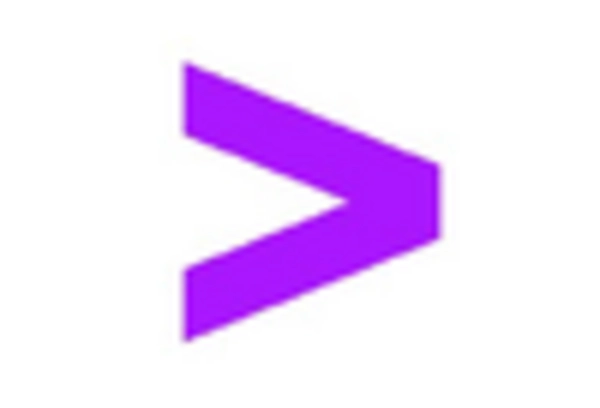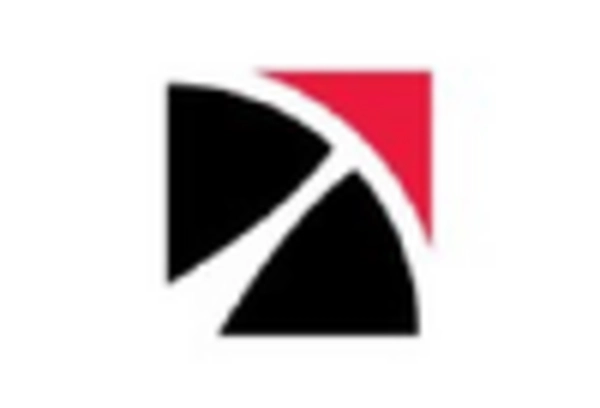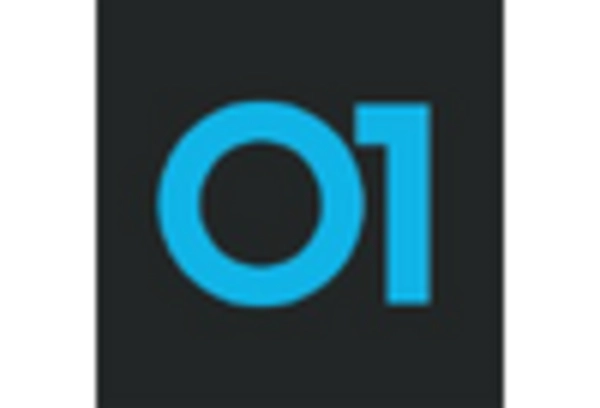Market Analysis
Penetration Testing Market (Global, 2024)
Introduction
The penetration testing market is in a period of transformation as more and more organizations realize the critical importance of cyber security in protecting their digital assets. With the increase in sophisticated attacks and the growing complexity of IT systems, there is an urgent need for more active measures to counteract these threats. This is driving a higher demand for penetration testing. These services simulate cyber attacks to identify the weak points in systems, applications and networks, enabling organizations to strengthen their defenses before attacks. As regulations and compliance standards evolve, the need for broader security audits grows. This is driving innovation and diversification in the penetration testing market. It is characterized by a dynamic combination of technological developments, new testing methods and a broadening range of service providers, all striving to meet the diverse security needs of different industries. The digital transformation of all industries further increases the relevance of penetration testing as an essential component of a comprehensive cyber security strategy.
PESTLE Analysis
- Political
- In 2024, the political situation in the field of cyber security is strongly influenced by government initiatives aimed at increasing national security. For example, the U.S. government allocates $18 billion for cyber security, including penetration testing of critical assets. The European Union has also enacted the Cybersecurity Act, which requires all member states to adopt stricter cyber security standards. This also increases the penetration testing market across the region.
- Economic
- The penetration test market is shaped by the growing costs of cybercrime, which are estimated to reach $10.5 trillion annually by 2025. The financial burden that cybercrime imposes on companies has increased awareness of the need for strong security measures, including penetration testing. In 2024, the average cost of a data breach is expected to be $4.3 million, which is why companies are investing more in preventive measures such as penetration testing to avoid future losses.
- Social
- A growing awareness and concern about data privacy and security is emerging in society. A survey in early 2024 showed that 78% of people trust more those companies that perform penetration tests and publicly publish their security practices. The trend in the way people behave is forcing companies to focus on security measures, including penetration tests, in order to maintain customer trust and loyalty in an increasingly digitalized marketplace.
- Technological
- Advances in technology are rapidly changing the penetration testing landscape. Artificial intelligence and machine learning are expected to be increasingly used in penetration testing tools by 2024, with an estimated 60% of penetration testing firms integrating these tools into their services. This integration enables more efficient and effective penetration testing processes, enabling the identification of more accurate and timely results.
- Legal
- The legal framework regulating cyber-security is becoming more and more complex. In 2024, the Californian Data Privacy Act will impose a fine of up to $2,500 per infringed person on companies that do not protect their customers’ data sufficiently. This kind of pressure is driving companies to invest in penetration testing to ensure compliance with data protection regulations and to avoid heavy fines. Also in Europe, the General Data Protection Regulation (GDPR) continues to impose strict rules on the protection of personal data. Hence the need for thorough security tests.
- Environmental
- In the penetration test market, the importance of the environment has become more important as companies strive to adopt a sustainable approach. In 2024, it is estimated that 45% of companies will have implemented green IT initiatives, such as reducing energy consumption in data centers and using eco-friendly technology. Penetration test service providers are now developing and promoting services that are in line with the trend towards sustainable development, such as remote testing solutions that reduce the carbon footprint of travel.
Porter's Five Forces
- Threat of New Entrants
- The penetration testing market has moderate barriers to entry, including the need for special skills and certifications. The penetration testing market is growing, and while the penetration testing market is growing, new entrants need to invest in the right people and the right tools to be able to compete effectively. Brand recognition and customer loyalty also provide some protection from new entrants.
- Bargaining Power of Suppliers
- The suppliers in the penetration testing market, such as software and tool vendors, have low bargaining power. There are many suppliers, and it is easy for companies to change suppliers. Moreover, many penetration testing companies develop their own tools, reducing their dependence on suppliers even further.
- Bargaining Power of Buyers
- The penetration testing market has a high buyer’s power due to the large number of service providers. There is a growing awareness of the security threats and a large number of vendors to choose from, which leads to price competition. They can negotiate on price and terms and seek the best value for their money.
- Threat of Substitutes
- The medium: While other security measures such as vulnerability scanning and other types of security assessment exist, they do not fully replace penetration testing. However, as technology develops, the effectiveness of alternatives may increase, posing a moderate threat to penetration testing.
- Competitive Rivalry
- Competition in the penetration-testing market is high, with many companies offering similar services. The companies compete on price, expertise, and reputation. Competition is fiercer than ever, and it is driving innovation.
SWOT Analysis
Strengths
- Increasing awareness of cybersecurity threats among businesses.
- Regulatory compliance requirements driving demand for penetration testing services.
- Technological advancements enhancing the effectiveness of penetration testing tools.
- Strong expertise and skilled professionals in the cybersecurity field.
Weaknesses
- High costs associated with comprehensive penetration testing services.
- Limited understanding of penetration testing among smaller businesses.
- Dependence on skilled personnel, leading to potential service delivery challenges.
- Inconsistent quality of services across different providers.
Opportunities
- Growing market for cloud-based penetration testing solutions.
- Expansion into emerging markets with increasing digitalization.
- Integration of AI and machine learning to improve testing methodologies.
- Partnerships with IT service providers to offer bundled cybersecurity solutions.
Threats
- Rapidly evolving cyber threats outpacing penetration testing capabilities.
- Increased competition from automated testing solutions.
- Potential regulatory changes affecting service delivery and compliance.
- Economic downturns leading to reduced budgets for cybersecurity investments.
Summary
The penetration testing market in 2024 will be characterized by strong demand resulting from growing awareness of cyber security and compliance with regulatory requirements. However, high costs and a lack of skills may hinder penetration testing growth, especially for smaller companies. Opportunities exist in cloud solutions and in the integration of artificial intelligence. Threats to the penetration testing market include new and evolving cyber threats and competition from automated penetration testing tools. Strategic alliances and a focus on quality services will be key to success in this market.
















Leave a Comment